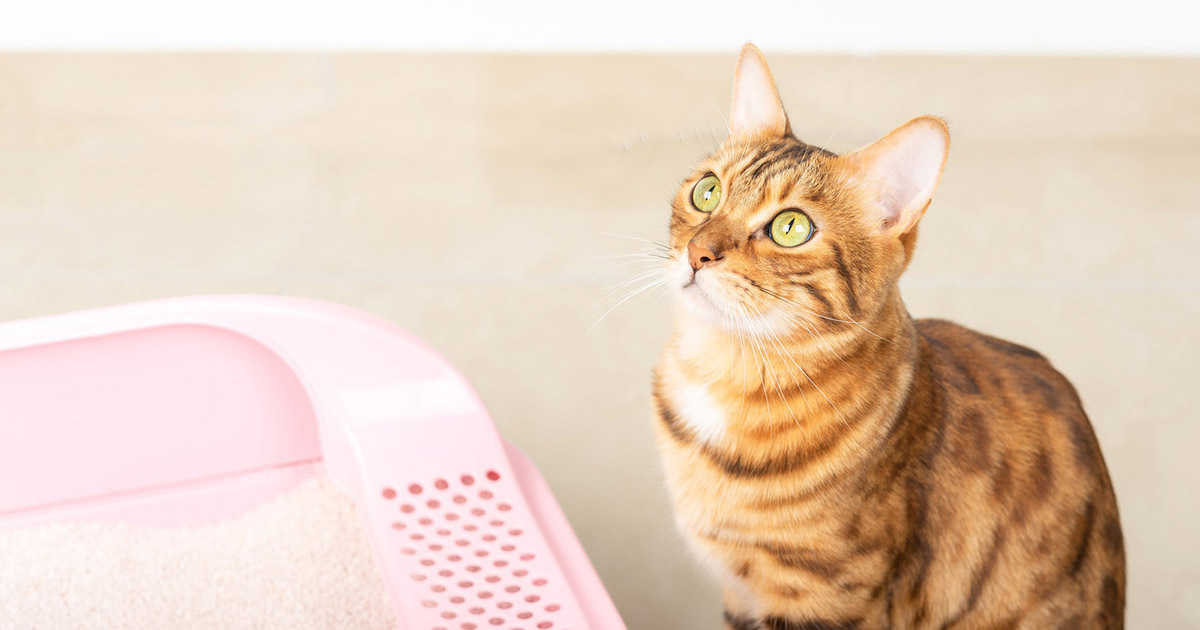Why You Should Avoid Flush Cat Poop Down Your Toilet - Important Facts
Why You Should Avoid Flush Cat Poop Down Your Toilet - Important Facts
Blog Article
Do you find yourself trying to locate information around How to Dispose of Cat Poop and Litter Without Plastic Bags?

Introduction
As feline proprietors, it's necessary to be mindful of exactly how we throw away our feline close friends' waste. While it might appear practical to flush feline poop down the toilet, this practice can have destructive consequences for both the atmosphere and human health and wellness.
Ecological Impact
Purging feline poop presents hazardous microorganisms and parasites right into the water system, posturing a considerable risk to aquatic ecological communities. These pollutants can adversely affect marine life and compromise water top quality.
Health and wellness Risks
In addition to ecological problems, purging pet cat waste can additionally present wellness threats to human beings. Feline feces might consist of Toxoplasma gondii, a parasite that can cause toxoplasmosis-- a potentially severe ailment, specifically for pregnant females and people with damaged immune systems.
Alternatives to Flushing
Luckily, there are much safer and more liable methods to deal with cat poop. Think about the complying with alternatives:
1. Scoop and Dispose in Trash
One of the most typical method of disposing of feline poop is to scoop it into an eco-friendly bag and toss it in the garbage. Be sure to utilize a devoted litter inside story and take care of the waste promptly.
2. Usage Biodegradable Litter
Select biodegradable pet cat clutter made from products such as corn or wheat. These litters are environmentally friendly and can be securely disposed of in the trash.
3. Hide in the Yard
If you have a lawn, take into consideration hiding pet cat waste in a designated location away from vegetable gardens and water resources. Make sure to dig deep adequate to stop contamination of groundwater.
4. Set Up a Pet Waste Disposal System
Buy an animal garbage disposal system specifically developed for pet cat waste. These systems utilize enzymes to break down the waste, reducing odor and ecological impact.
Conclusion
Accountable family pet ownership expands past providing food and sanctuary-- it additionally entails correct waste monitoring. By refraining from flushing pet cat poop down the bathroom and going with different disposal techniques, we can reduce our environmental footprint and shield human wellness.
Why You Should NEVER Flush Cat Poop (and/or Litter) Down Your Toilet
The Problem with Litter
The main function of litter is to solidify and adhere to your cat’s waste. While this makes litter excellent for collecting cat poop and urine, it’s also the exact property that makes it a nightmare when flushed down the toilet.
Cat litter can and will clog pipes. There is non-clumping litter, but it’s still quite heavy and can build up in pipes. This is true even of supposed “flushable litter.”
The problems only compound when the litter is already clumped into cat waste. Toilet paper is among the more flushable things, and even too much of that will clog a toilet.
The Problem with Cat Poop
Sewers and septic systems are designed with human waste in mind. The microbes that help break down human waste don’t work on cat waste. Additionally, cat poop plays host to the parasite Toxoplasma gondii.
When flushed, this parasite can enter the environment in places it was never meant to, posing a risk to pregnant women, their unborn children, and other people with compromised immune systems. While it might not seem possible, flushing cat poop can indeed introduce this parasite to the public water supply.
These reasons are why, even if you’ve trained your cat to go on the toilet and flush, which is possible, it’s still not a good idea. Also, pregnant women and the immunocompromised shouldn’t change litter, either.
How to Handle Litter
The best way to handle litter is to simply put it in a plastic bag and place it in the trash. Avoiding environmental risks and possible plumbing damage is worth the extra effort.
You can also invest in devices that seal away your cat’s waste in a separate compartment, so you don’t have to change the litter nearly as often. They’re also safer for pet owners because they limit the possibility of Toxoplasma gondii exposure.
Disposing of litter the old-fashioned way will ensure you won’t have to worry about any issues that flushing the waste can potentially cause.
Take Care of Clogged Pipes with Stephens Plumbing, Heating & Air Conditioning
The reasons you should never flush cat poop down your toilet are numerous, but sometimes the inevitable happens despite your best efforts.
Stephens Plumbing, Heating & Air Conditioning is ready to help if you’re experiencing litter-blocked plumbing. Whether you need us in an emergency or want to schedule regular maintenance, we’re here for you.
https://www.stephensplumbing.net/bathroom-plumbing/never-flush-cat-poop-down-your-toilet/

Hopefully you enjoyed reading our topic about Don’t flush cat feces down the toilet. Thanks so much for taking the time to read through our posting. Loved our blog entry? Please share it. Let someone else find it. I value reading our article about Don’t flush cat feces down the toilet.
Schedule Your Job Now Report this page